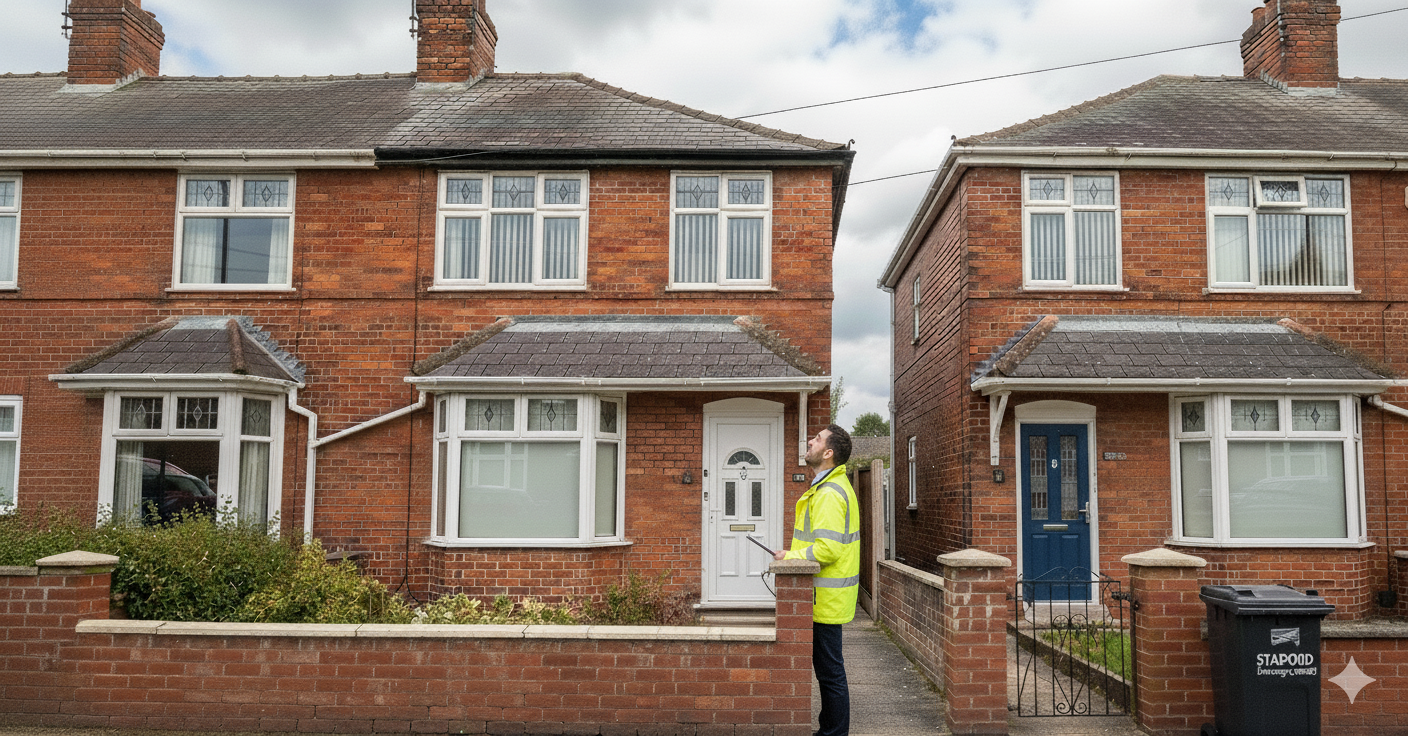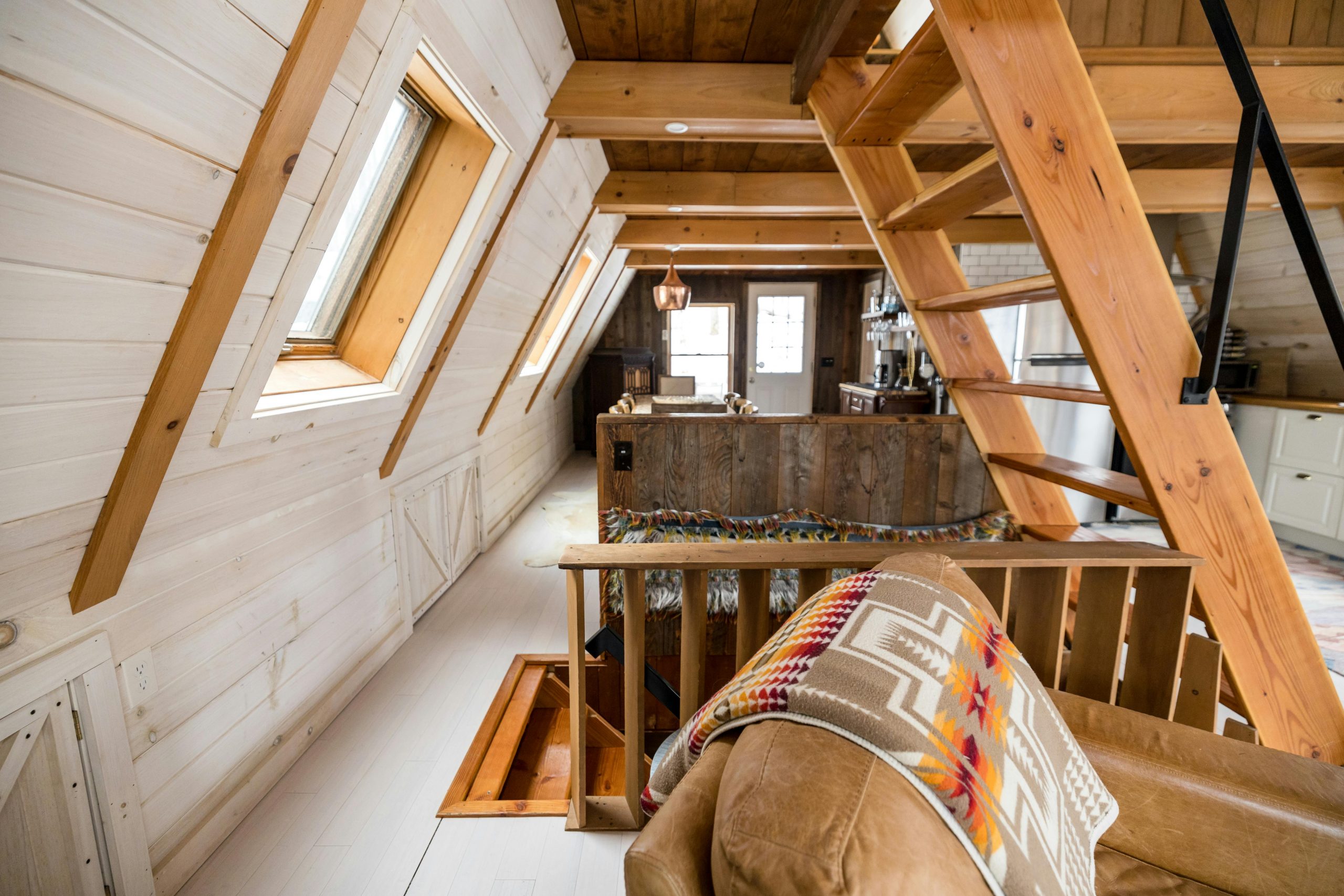Before construction begins, recording the state of neighbouring property is one of the smartest moves you can make. A Schedule of Condition is the formal record of how a property looks before works start. It is an essential part of the Party Wall etc. Act 1996 process, and it protects both building owners and adjoining owners.
In this guide, you will discover:
- What a Schedule of Condition is
- Why it is crucial in Party Wall projects
- How surveyors prepare one
- The benefits for both sides
- Common mistakes to avoid
- What happens if you skip it
At Echelon Party Wall Surveyors, we carry out detailed Schedules of Condition across Staffordshire and the UK. Call us today on 01543 52 37 37 for advice or bookings.
What Is a Schedule of Condition?
A Schedule of Condition is a detailed record of the condition of a property at a fixed point in time, usually before nearby building works take place.
It typically includes:
- Written descriptions of existing cracks, defects, or wear.
- Date-stamped photographs of walls, ceilings, floors, and external elements.
- Floor-by-floor inspection notes.
- Signatures or acknowledgement from both parties or their surveyors.
It forms the baseline evidence against which any later claims for damage can be assessed.
Why Is a Schedule of Condition Important?
For the building owner (carrying out the works):
- Provides proof of pre-existing defects.
- Reduces false or exaggerated claims.
- Helps avoid costly disputes or delays.
For the adjoining owner (neighbour):
- Reassurance that their property is protected.
- Provides evidence if genuine damage occurs.
- Builds trust with the building owner.
For both parties:
- Creates a fair and impartial record.
- Reduces legal costs if conflict arises.
The Schedule of Condition Process
A professional surveyor will:
- Agree access → Contact the adjoining owner to arrange inspection.
- Carry out inspection → Photograph, note, and map existing condition internally and externally.
- Compile report → Prepare a bound report with photos and notes.
- Circulate copies → Provide to both owners and file with the Party Wall Award if applicable.
- Use as evidence → If damage is claimed later, the Schedule is the reference point.
What Does a Good Schedule of Condition Include?
- High-resolution photographs of every relevant surface.
- Measurements and notes describing cracks or movement.
- Coverage of external areas, boundaries, and gardens.
- Clear indexing and labelling.
- Date, location, and surveyor’s credentials.
A rushed or incomplete Schedule undermines its protective value.
What Happens If You Don’t Have a Schedule of Condition?
Without one, disputes become he-said, she-said arguments.
- Adjoining owners may claim damage was caused by your works, even if it existed before.
- Building owners lack evidence to defend themselves.
- Disputes escalate, costs rise, and projects may stall.
Benefits Beyond Party Wall Projects
While essential in Party Wall procedures, Schedules of Condition are also valuable for:
- Commercial leases: Landlords and tenants record condition at lease start/end.
- Large construction projects: Developers protect against claims from surrounding properties.
- Insurance purposes: Evidence in claims of subsidence, vibration, or flooding.
Why Work With Echelon Party Wall Surveyors?
- Independent expertise: Impartial, accurate reports.
- High-quality records: Date-stamped, photographic, and detailed.
- Efficient service: Rapid turnaround to avoid project delays.
- Coverage: Staffordshire, West Midlands, Derbyshire, Cheshire, Shropshire, Leicestershire.
- Pro equipment: High end quality photography equipment including DJI Osmo 360 to capture high resolution photo and video of the relevant parts of the property.
📞 Call 01543 52 37 37 or visit echelonpartywall.co.uk.

Related Resources
Conclusion
A Schedule of Condition is not a formality. It is the foundation of trust and fairness in Party Wall projects. By investing in a professional survey, you protect yourself, your neighbour, and your project.



